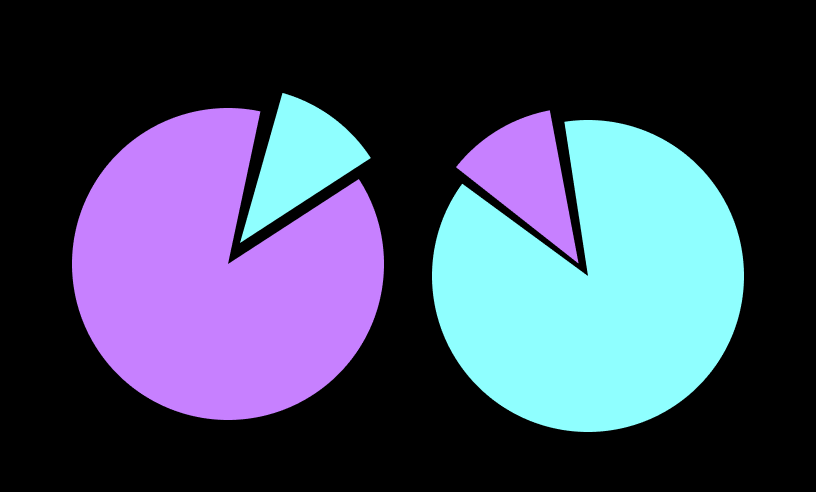The Twin Propellers of web3
why fractionalization and composability are the secret propellers of what's possible in web3
A quick preface: my friend Nick deWilde recently published his annual compendium of trends that will define work over the next year. I was honored to participate alongside many very favorite thinkers like Mario Gabriele, Mercedes Bent, and Sari Azout. My own contribution focused on the twin propellers of web3—fractionalization and composability—and I’m publishing the full version below. But I’d highly encourage anyone reading this to check out the more digestible version alongside everyone else’s reflections on Nick’s wonderful substack, The Jungle Gym, here.
***
There are only two ways to make money in business, but web3 is rewriting the rules of bundling and unbundling. “Fractionalization” generally refers to the tokenization of works and collections while “composability” refers to the modularization of smart contracts into functions that any protocol can permissionlessly call upon and use.
Underlying these still-technical terms, however, are the two fundamental propellers of web3. Fractionalization enables co-ownership among parties while composability enables co-creation among parties—and the parties don’t even need to know or interact with each other in any way.
Co-ownership and co-creation, but what we’re really talking about here is web3 unbundling and bundling. Fractionalization unbundles works into modules; composability bundles modules into works.
And the rise of web3 means we’ll see these two principles play out well beyond smart contracts. Take DAOs. By fractionalizing functions into the hands of contributors—treasury management, onboarding applications, regulatory protocol—a given DAO can also make each of these best-practices composable, open to use and modification by other DAOs.
But now let’s imagine what that means for a given contributor. That individual might fractionalize their time across a number of DAOs, but that time on a given task is also composable: the product of an hour of work might be applied across dozens or hundreds of DAOs.
Time, in web3, becomes fractionalized and composable as well. As the workforce has been progressively atomized over the past century into freelance culture, even the workday itself is now breaking down with workers dividing their time among dozens of projects.
But web3 offers a bundling as well as unbundling of one’s time: those fractionalized hours can be collected, composed across projects. And this is, incidentally, why web3 is such a strong value proposition not only for workers—who can maximize value of their work by applying it to so many projects—but for the projects themselves, which can build off anyone’s innovation anywhere in the world.





Simple idea. Written well.
Read, enjoyed.
Digested?